Hydrangea does not bloom - the main reasons and ways to solve them
If the hydrangea planted in the garden does not bloom, there may be several reasons. They are associated not only with natural developmental processes, but sometimes caused by a violation of the basic rules of care.
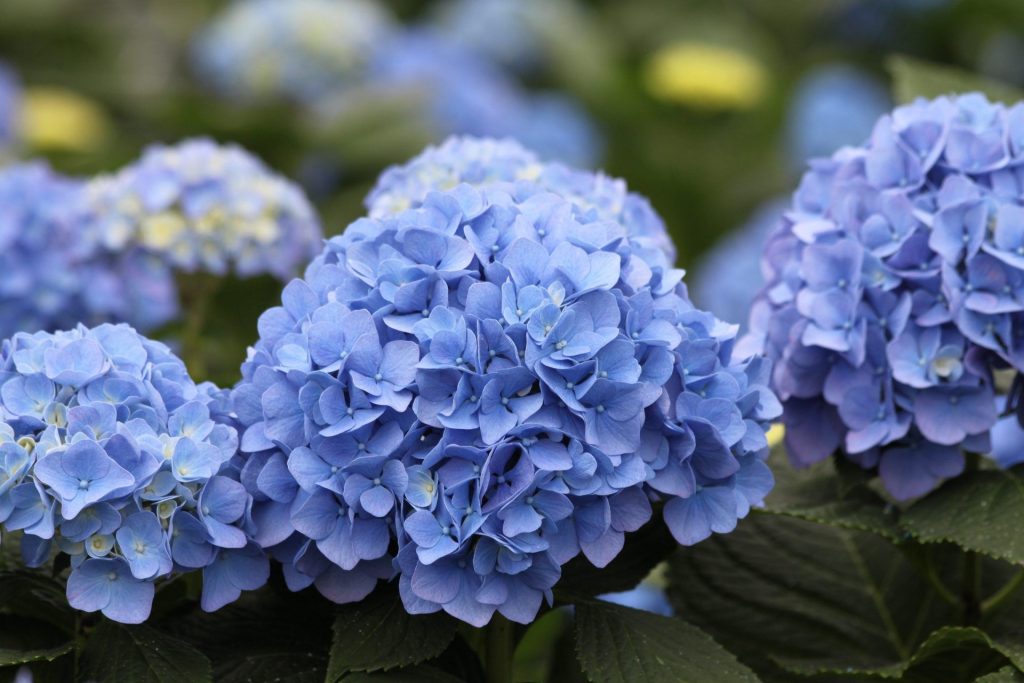
Hydrangea does not bloom
Improper care
Remember! Even with proper care, a flower culture can maintain its decorative effect for no more than 5 years. After it is recommended to replace it, tk. in most cases, the old bush no longer produces flowers.
Pruning
It is difficult to achieve flowering without annual pruning. It will either be absent altogether, or it will be meager.
In the spring, all dried, damaged and old shoots are cut off, without affecting the young ones that have developed over the past year. It is on their tops that buds are formed, therefore, when they are removed, the flower culture will not bloom until new ones grow.
Top dressing
Hydrangea does not bloom with an excess of nitrogen (this substance is aimed at actively building up green mass, but delays flowering or even interferes with this).
Overfed young bushes do not bloom especially for a long time, which can grow the root system and overgrow with leaves for several years, and only after that they begin to form buds.
Nitrogen is introduced in limited quantities and only in spring; it is completely excluded in summer and autumn. During the budding period, as well as in preparation for winter, the hydrangea is fed with potassium-phosphorus complexes.
Temperature and lighting
An indoor flower requires a sunny place, without direct rays. In winter, the lack of light is compensated by artificial sources.
With a sharp change in temperature, the culture does not form flower ovaries, and for hydrangeas with already formed inflorescences, this ends with their fall.
Substrate
For planting homemade hydrangeas, an acidified heavy soil mixture is suitable - fertile soil without clay, but with a small amount of peat. For regular and long-term flowering, a houseplant requires an annual transplant.
Watering
Drying out of the substrate adversely affects the development of the home flower and delays the onset of budding. Without regular moistening of the soil, the houseplant grows poorly, the shoots practically do not bloom.
Poor preparation for winter
The quality of preparing the plant for the cold depends on how successfully it will endure the cold season. A drop in temperature below 0 ° C provokes freezing of flower buds. As a result, the culture grows poorly and does not bloom for the next season.
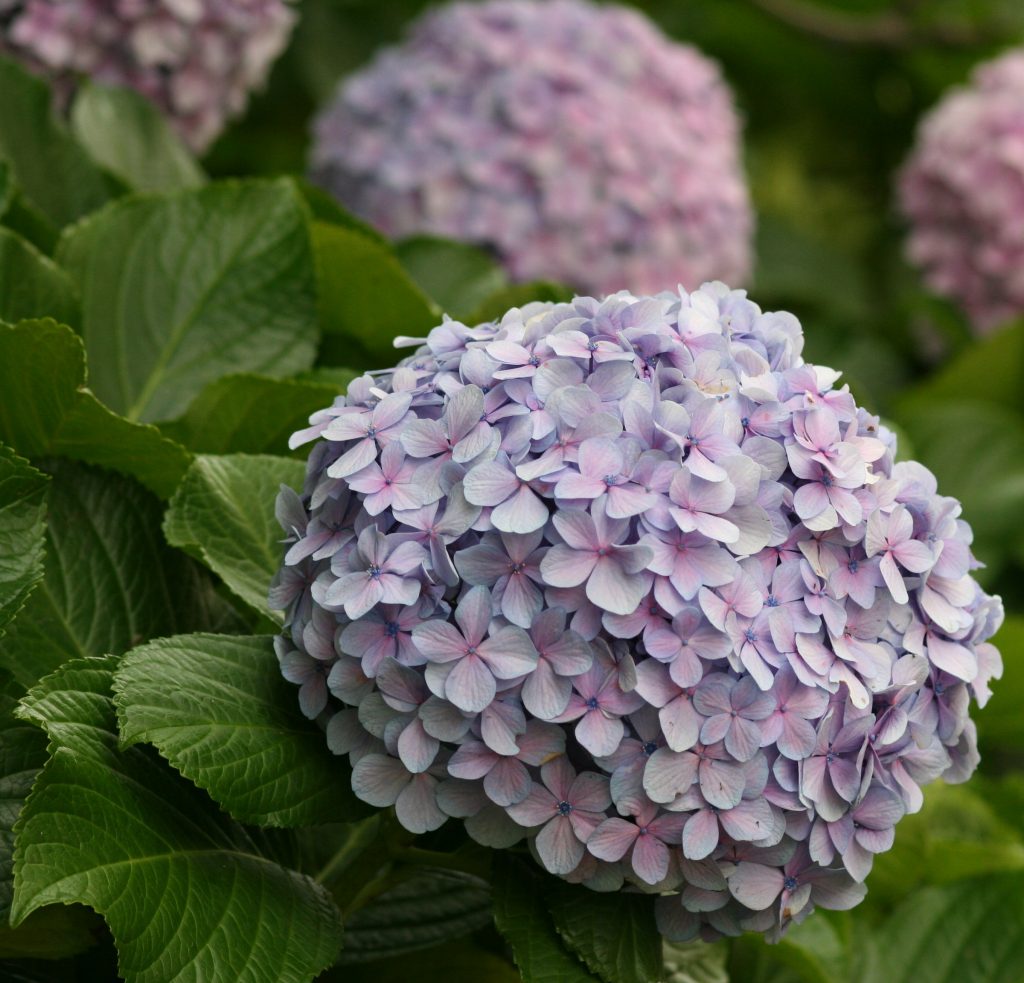
Why does hydrangea not bloom
When grown outdoors, hydrangea needs to be insulated for the winter. They cover the bush before the onset of autumn cold weather, after cutting off all the foliage and tying the branches with a rope bundle.
The plant is bent to the ground and covered with coniferous spruce branches.The shelter is removed after the final establishment of warm weather in the absence of recurrent frosts.
Weak roots
A flowering horticultural crop should have a well-developed root system. A plant with weak roots will first of all direct all the forces on their growth, slowing down the beginning of the formation of inflorescences.
An improperly selected place for planting with a close occurrence of groundwater, an unsuitable soil in terms of acidity and fertility, improper watering - all these are obstacles to the full development of the root system.
Features of different varieties
The timing of the onset of flowering depends not only on properly organized care, but also on the varietal affiliation.
Paniculata
Paniculata hydrangea is one of the frost-resistant ones, therefore it is often grown in open ground without warming for the winter - freezing of flower buds rarely causes the lack of budding.
For this bush variety, heavy loamy neutral or slightly acidic soil is suitable. When grown on light sandstones, ovaries may not form.
Insufficient nutrition is another reason. When the lack of the necessary elements, especially phosphorus, is replenished, flowering begins already in the second year after the removal of the negative factor.
Large-leaved
Large-leaved hydrangea most often suffers from freezing of flower buds and shoots. For full development, it is better to grow it in closed conditions, and when planting in the garden, broadleaf species need a mandatory shelter for the winter, otherwise they will not bloom.
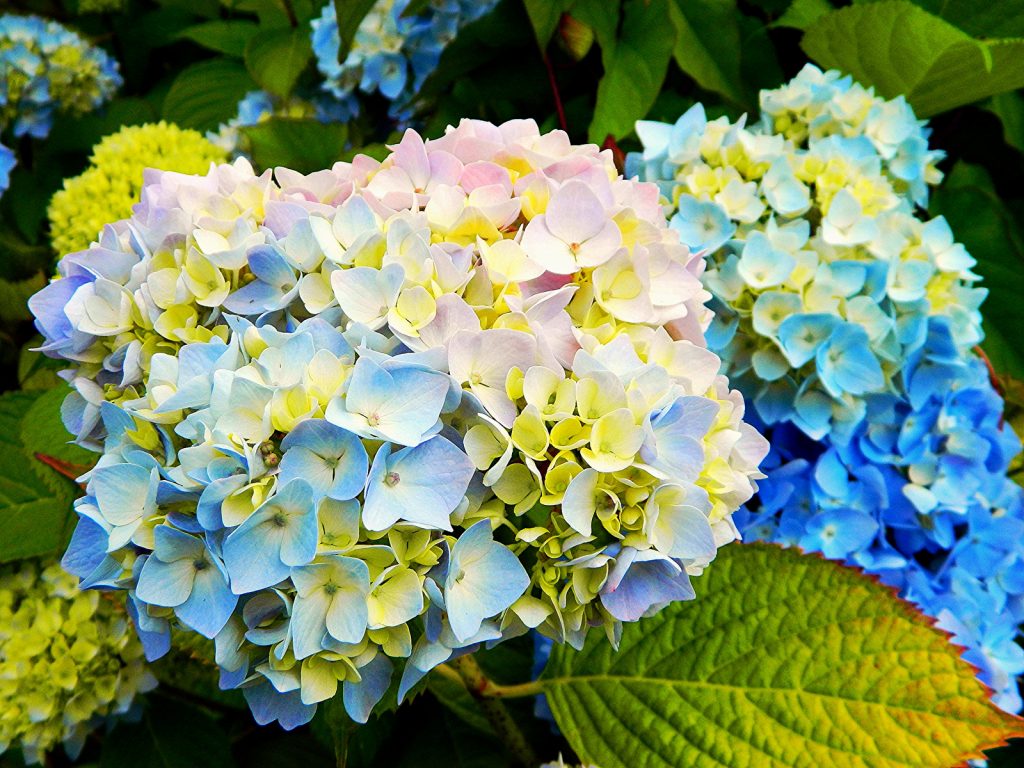
Why does hydrangea not bloom
Another reason is incorrect pruning, in which sprouts that appeared in the last season are removed or shortened. It is on their tops that inflorescences are formed.
Tree-like
The tree variety is frost-resistant, but needs pre-winter insulation, otherwise the freezing of flower buds will affect the plant's ability to bloom.
Top dressing and soil condition are of no small importance. This subspecies does not bloom at all, or weak budding is observed when grown on dry sandstones.
Pereshkovaya
The petiolate variety growing as a liana develops well on loose light soils, but it should be planted in partial shade, because growing in absolute shade leads to smaller and less inflorescences.
Long-term absence of flowering
If, with properly organized care, a garden flower stops flowering for several years, the reason should be looked for in the possible defeat of infectious diseases and pests.
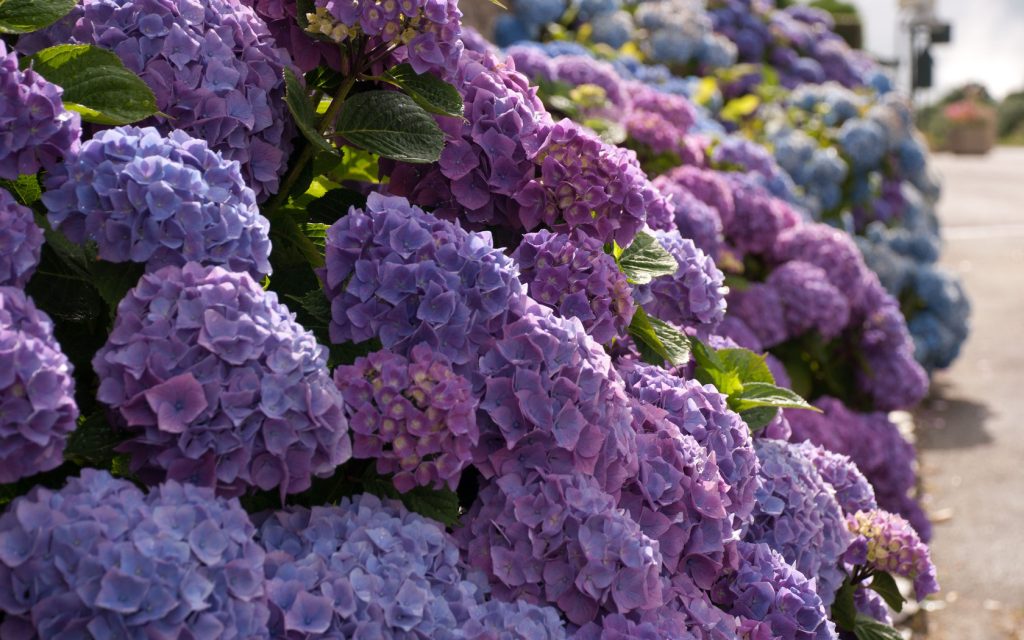
Why the large-leaved hydrangea does not bloom
Frequent harmful insects are aphids, spider mites, weevils. Hydrangea is susceptible to mosaic disease, downy mildew and gray mold.
When primary signs are found, the bush is treated with insecticides from pests, and fungicides from diseases. Flowering usually recovers in the second or third year after treatment.
Top dressing to activate flowering
Top dressing helps to stimulate the onset of budding.
Optimal diet:
- in the spring, at the beginning of the growing season, with the active growth of green foliage, nitrogen-containing fertilizers are applied - urea and potassium sulfate (1 tablespoon per 10 liters of water), the rate of consumption of the working solution is 5 liters per bush, watering with liquid manure, diluted inlet is useful in a ratio of 1:10;
- at the end of the spring season, when laying inflorescences, the culture is fertilized with potassium-phosphorus complexes, for example, superphosphate (1 tablespoon per 10 liters of water);
- in summer, active flowering is supported by fertilizing with fertilizers developed for flowering plants, while acidifying the soil with an aqueous solution with milk whey (1: 3) or with citric acid (5g / 10 l) in the place of bush growth, the frequency of application is 2-3 times per season;
- in the fall, in order to strengthen the shoots in preparation for winter, they are fed with potassium sulfate and superphosphate (1 tablespoon / 10 l of water)
Florist tips
Not only beginners, but even experienced growers are faced with the lack of flowering in hydrangeas. This horticultural crop is quite demanding to care for and susceptible to the slightest deviations in growing conditions. In order for the buds to form and the bush to bloom, the opened inflorescences do not fall off and do not wilted for a long time, you can use a number of tips.
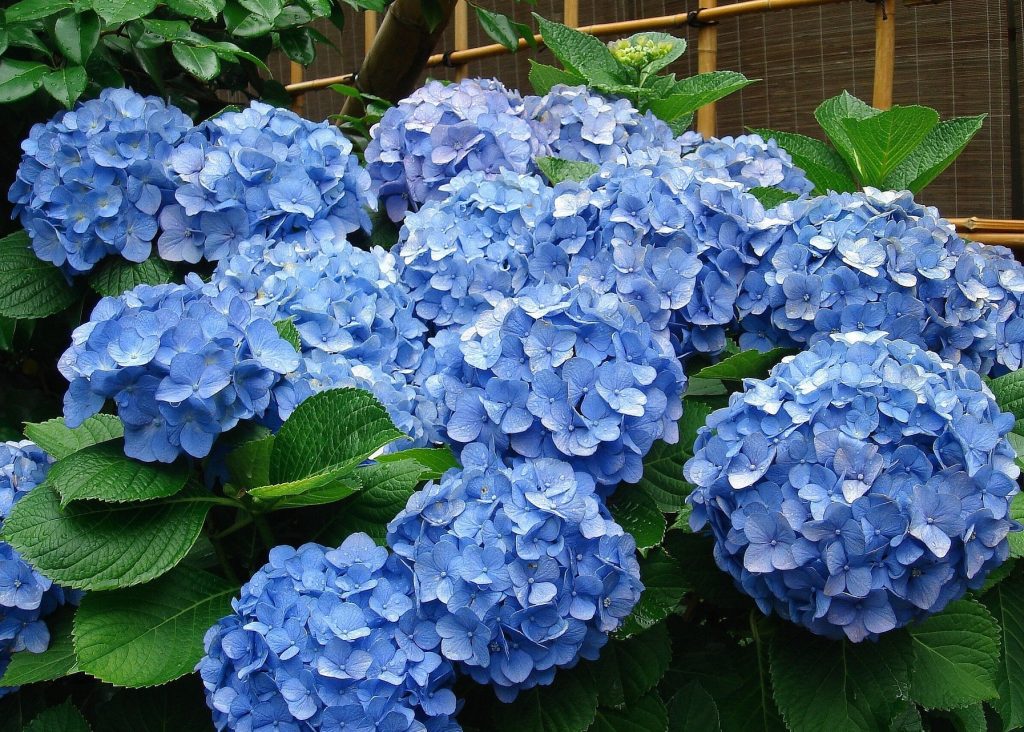
Why the large-leaved hydrangea does not bloom
- To stimulate the development of a large number of flowers, fertilizing with GreenWorld fertilizer specially developed for hydrangea and jasmine gardenia, which is applied at the stage of appearance of the second leaf, helps.
- Autumn feeding with organic matter - rotted manure or humus, followed by mulching to retain moisture - will help the plant cope with frost.
- When feeding, you should not use those preparations that contain lime and wood ash, which lower the acidity level of the soil. Growing in slightly acidic soils adversely affects the decorative effect of the bush - the buds do not bloom.

